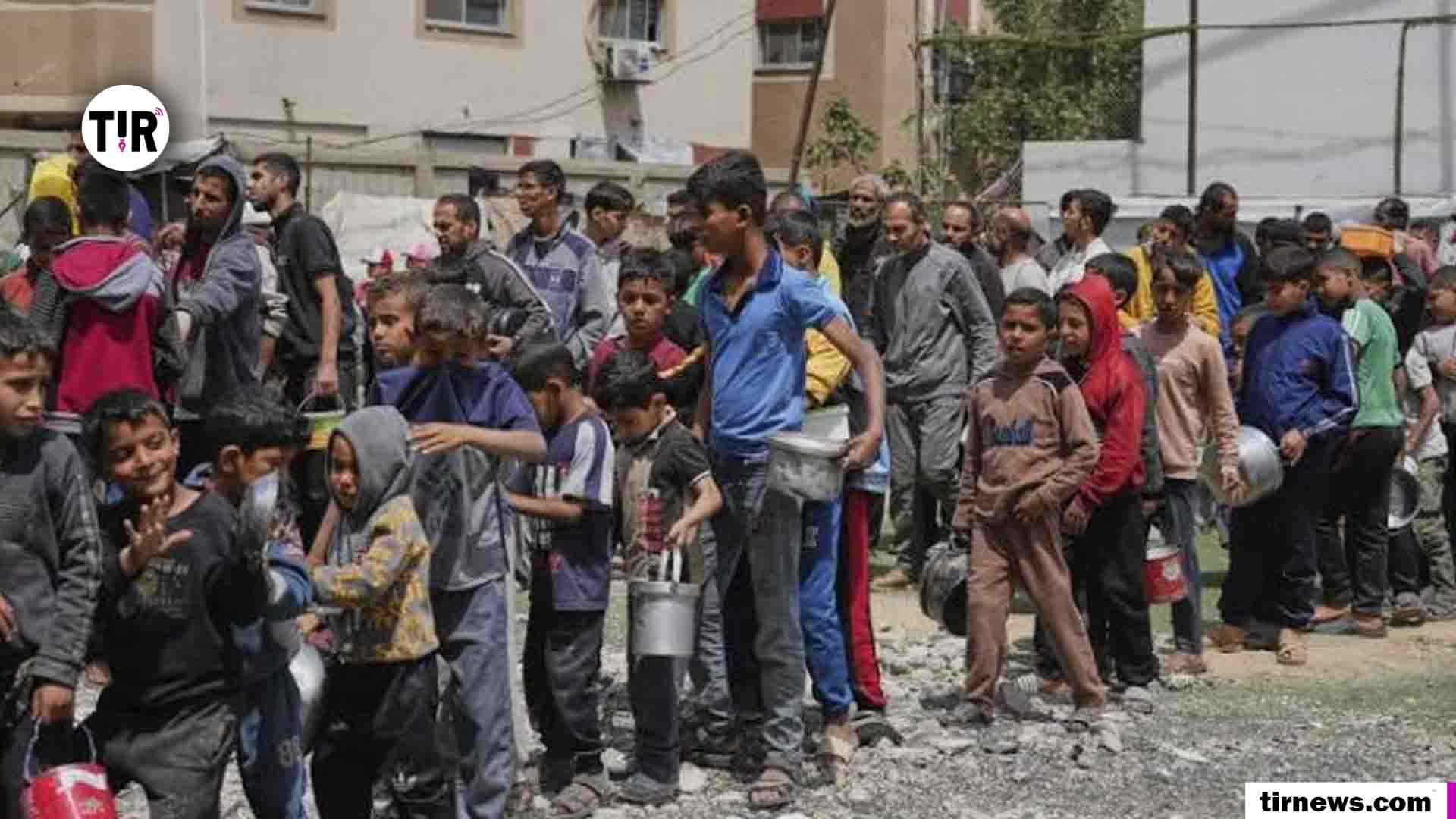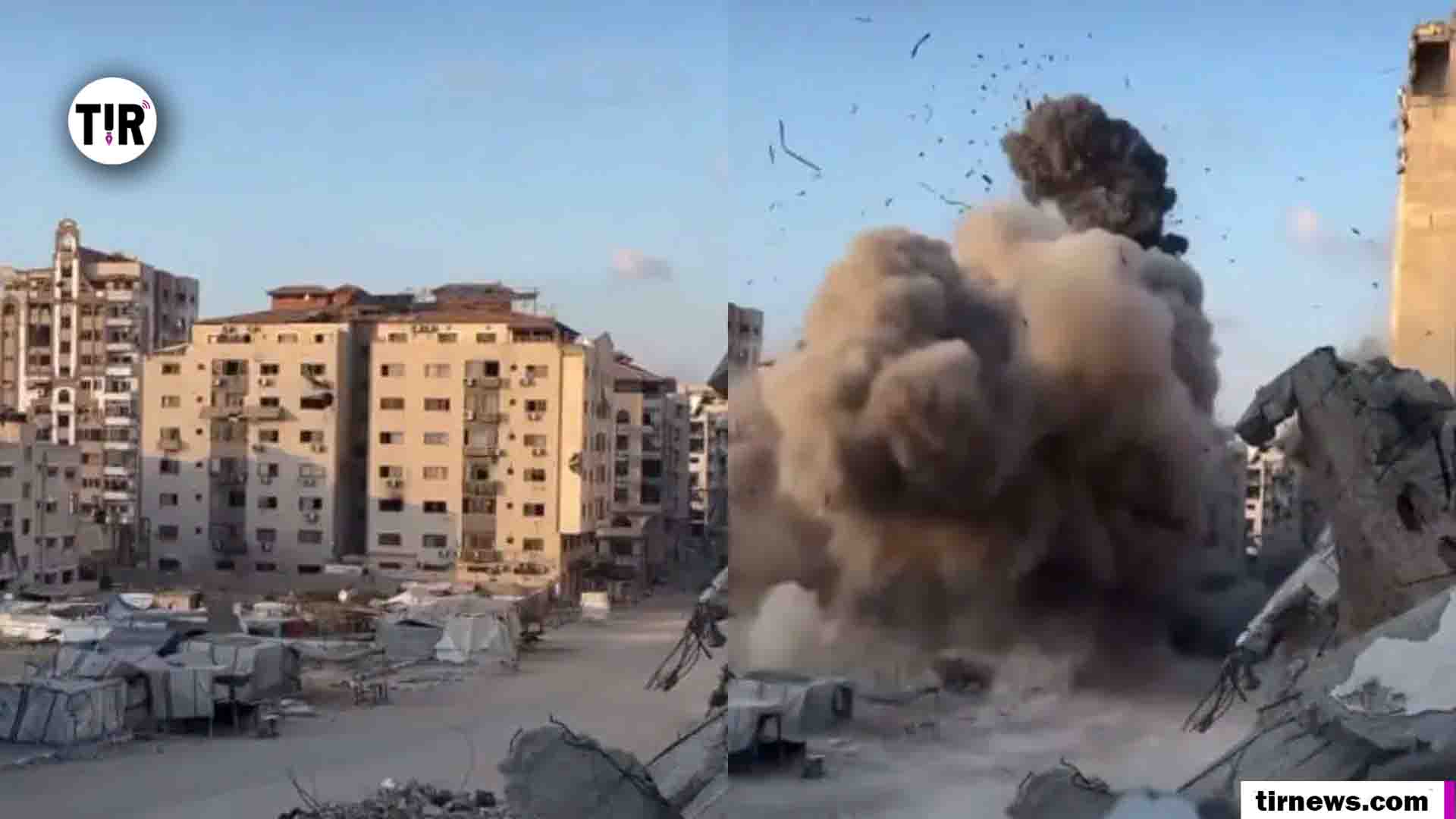On July 27, 2025, Israeli military strikes across Gaza killed at least 63 Palestinians, even after Israel announced daily 10-hour “humanitarian pauses” in specified areas to allow aid delivery. The strikes reportedly resumed in zones officially declared as “safe”, including Gaza City and Deir al‑Balah, targeting civilians and critical infrastructure such as bakeries—which sparked global outrage over their timing ([turn0news19] [turn0news12] [turn0search1]).
The hunger crisis in Gaza has reached catastrophic levels. Gaza’s Health Ministry reports 133 famine-related deaths, including children. UN agencies confirm 147 malnutrition fatalities in recent weeks, with 89 children among the victims in July alone ([turn0news12] [turn0news13] [turn0news17]).
Humanitarian Measures & Challenges
Israel implemented temporary pauses each day from 10 a.m. to 8 p.m. in areas like Al‑Mawasi, central Deir al‑Balah, and Gaza City, and opened designated aid corridors between 6 a.m. and 11 p.m. Aid agencies, including WFP and UN groups, welcomed the move but labeled it a “drop in the ocean” compared to urgent needs. Despite limited convoys and air drops from countries like Jordan, UAE, Spain, and Germany, looting and access chaos have severely hampered effective relief ([turn0news19] [turn0news13]).
Broader Humanitarian Collapse
Since October 2023, the Gaza conflict has claimed nearly 60,000 lives and inflicted massive damage on food systems. WFP estimates that at least 470,000 people are facing famine‑like conditions, yet only about 60 aid trucks per day are entering—far below the UN’s target of 500–600 ([turn0news13] [turn0search20] [turn0search23]).
Israel denies using starvation as a tactic of war, but UN officials and rights groups warn that deliberate restriction of aid amid mass destruction of bakeries, farms, and mills amounts to man‑made famine ([turn0news14] [turn0news21] [turn0search22] [turn0search9]).



